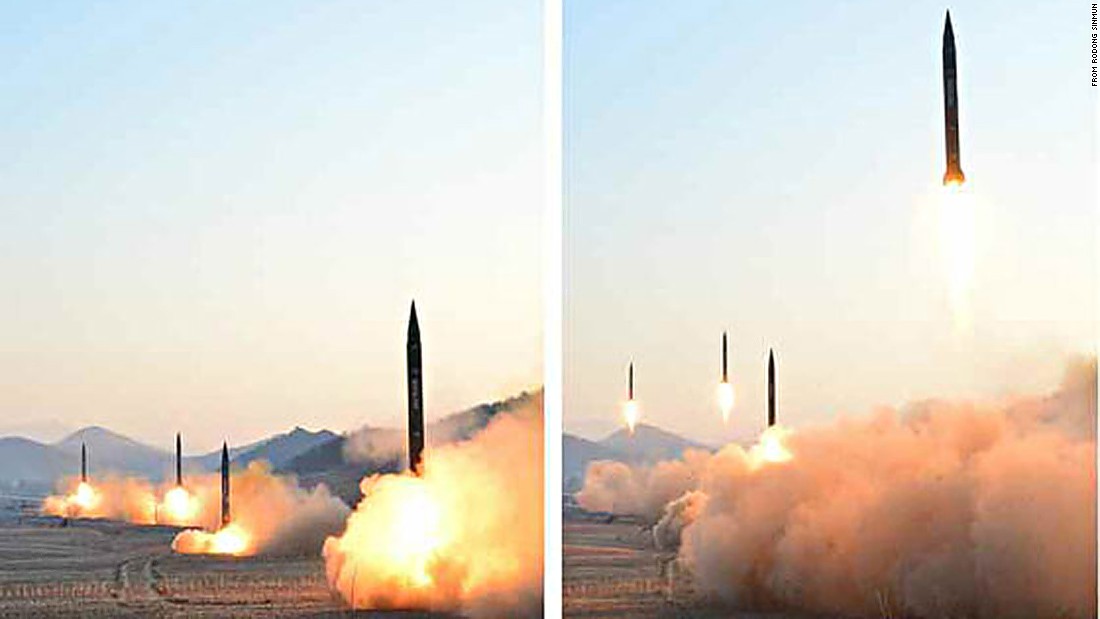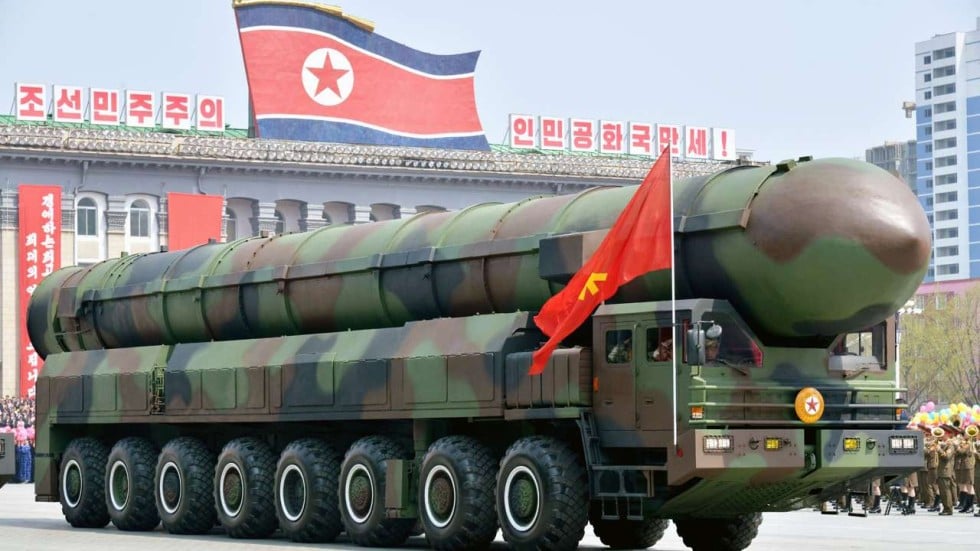1. Systemically Exploring White Fragility
White Fragility (WF) has become a much discussed topic recently as the movement around BLM has gained momentum over the recent killing of George Floyd by a Minneapolis police officer. Viewing current events from a systemic perspective we have to ask three questions: 1) Is WF a defense mechanism that prevents white people from seeing racism and feeling the impact it has on everyone within a social or organizational system? 2) If so, would it be possible to gain a radical understanding of that impact on each group within the affected system? 3) Would the systemic principle of radical inclusion, viewing all parts of a system without judgment or preconceptions, provide a way to gain understanding and instigate a healing movement?
In view of the above questions Harrison and the Keystone Conversations team conducted a systemic constellation recently online with approximately 54 participants. The session opened with a brief presentation (see attached power points) on the definition of White Fragility. Participants were asked why they were drawn to explore this topic. And some measures, including a resourcing exercise, were conducted to foster a meaningful and emotionally supportive discussion.
Three groups were formed with 3 to 4 people per group. The group members were selected randomly and told they were part of the system of race relations. They were not told what part of the system they represented. In the mind of the facilitator group 1 represented the persecutors. Group 2 the victims of racism and group 3 the bystanders and rescuer’s.
A fourth group that included everyone not in the first three groups became the witnessing community. They were to hold space for what unfolded and not become directly involved. The groups were asked to turn off their videos and take a minute or two to feel into the sensations and emotions of their representations.
Starting with group 1 each group in turn was asked to reenter the zoom roomby turning their video back on. As a group returned to the video space it was asked the following by the facilitator:
- What do you feel or notice as you?
What was intriguing was the extent that all the groups reported a sense of angst and powerlessness or some degree of disassociation. No matter where people were in the system no one reported positive feelings about their place. Ironically, some in the group that represented the bystanders decided it was a good moment to go take a snack break or they lost connectivity and took time to get back online. The last group to turn their video back on was the largest, the witnessing community. At a certain point in the constellation they were asked to be fully present to what was unfolding for each of the other three groups without judgment or assumptions. Some of them were requested to voice healing statements like, “I see you and your pain and suffering,” to the other groups. Their supportive presence and these statements seemed to help those in the first three groups move through their difficult feelings and get closer to a degree of resolution.
This witnessing community is not a new concept but part of Dr. Martin Luther King’s call for a Beloved Community and the Vet’s Journey Home process conducted by Edward Tick, PhD. Radically including those considered to be the persecutor as well as being present to those who are victims of a traumatic events can lead to a healing movement for all parts of a system. Bert Hellinger has written how grieving by all concerned supports the collective healing. Righteous judgment of the “other” stops that grieving. In the conversations that took place after the constellation some themes emerged that included:
· Feeling born into a group and this dynamic as all you have ever known
· The sense that this dynamic is bigger than anyone person or group
· Feeling small and lacking any power or agency to change things no matter which group you belonged to
· The felt sense that all the groups are all in this together; hopelessly entangled or mutually supportive
· More compassion and understanding for everyone entangled in the dynamics of racism
2. Video of the Systemic Constellation on White Fragility
(1 hr & 17 mins):
https://drive.google.com/file/d/1Dm9vv3SO_w-ZwSXt67docaiN_mhSxk9d/view?ts=5f2d68f0
3. Power points on White Fragility:
https://1drv.ms/p/s!Ag1S_dIeWnve-CghknAaba6dPZOZ
4. Transcript of the Video and Chat Notes:
https://1drv.ms/w/s!Ag1S_dIeWnve-CwrPxOsGOzVjNgN
5. Next Program: Exploring the Trauma Behind the Drama of White Fragility
This program is being prepared and participants will be notified when it will be conducted when the date is finalized. Please get on the workshop list by sending an email to teambuilder@msn.com with the title, white fragility
Credits: KSC was hosted by Lisa Marie Main, Editing by Ellen Raboin
Special thanks to Yvette Duval and Adrienne Soch for their design input










